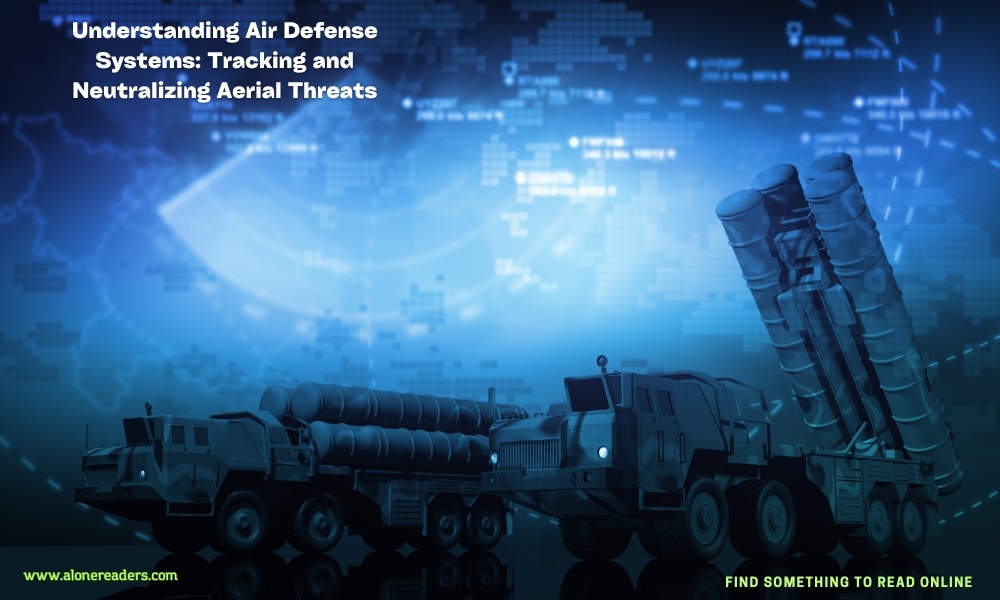
In the contemporary landscape of military defense technology, air defense systems play a crucial role in safeguarding national security by detecting, tracking, and intercepting airborne threats, including missiles and aircraft. These systems are crucial for national defense, especially in light of the advancing technology in offensive weaponry. This article delves into the workings of air defense systems, their capability to track and destroy incoming missiles, and their effectiveness in providing complete protection against modern air attacks.
In the contemporary landscape of military defense technology, air defense systems play a crucial role in safeguarding national security by detecting, tracking, and intercepting airborne threats, including missiles and aircraft. These systems are crucial for national defense, especially in light of the advancing technology in offensive weaponry. This article delves into the workings of air defense systems, their capability to track and destroy incoming missiles, and their effectiveness in providing complete protection against modern air attacks.
Air defense systems consist of several key components that work together to detect, track, and neutralize incoming threats before they can cause harm. The primary elements include radar systems, command and control (C2) centers, and interceptor missiles or anti-aircraft artillery.
Detection and Tracking
The first step in the operation of an air defense system is detection. Radars scan the airspace to detect flying objects by emitting radio waves that bounce off objects in the air and return to the radar station. These returned signals help determine the speed, distance, and size of the object. Advanced radar systems can differentiate between different types of objects, such as commercial aircraft, military jets, or missiles, based on their size, speed, and flight patterns.
Once a potential threat is detected, the system's tracking capabilities come into play. Tracking involves continuously monitoring the trajectory of the detected object to predict its path and potential targets. This information is crucial for deciding whether and how to engage the threat.
Engagement and Interception
Engagement decisions are made at the command and control center, which evaluates the data provided by radars and other sensors. If a decision is made to intercept the threat, the C2 center coordinates the launch of interceptor missiles or directs anti-aircraft artillery to engage the target.
Interceptor missiles are equipped with guidance systems that direct them toward the target. These guidance systems can be radar-guided, infrared-guided, or even GPS-guided, depending on the technology of the missile and the nature of the threat. The goal is to bring the interceptor close enough to the target to detonate a warhead near or directly on the threat, neutralizing it mid-air.
Air defense systems vary in their range, capabilities, and the types of threats they are designed to counter. Short-range systems, like the Patriot missile system, are designed to intercept low-altitude targets within a relatively short distance. Medium-range systems provide broader coverage and are capable of engaging targets at higher altitudes and over longer distances. Long-range systems, such as the S-400, can track and destroy targets hundreds of kilometers away and are integral to national defense strategies.
While air defense systems are sophisticated and highly effective in many scenarios, providing 100% protection against modern air attacks is a challenging task. Several factors influence the effectiveness of air defense systems:
Conclusion
Air defense systems are critical components of national security strategies, designed to detect, track, and neutralize airborne threats. While these systems are continuously evolving to keep pace with advancements in offensive technologies, providing complete protection against all potential air attacks remains a formidable challenge. As technology progresses, the dynamic interplay between offensive capabilities and defensive readiness will undoubtedly shape the future of aerial warfare.